UNESCO – means United Nations Educational Scientific and Cultural Organization established in 1972.
Hungary joined to the UNESCO World Heritage Convention on 15th July 1985. Sites in Hungary were first inscribed on the list at the 11th Session of the World Heritage Comittee, held in Paris, France in 1987. At that session, two sites were added: Budapest, the Banks of the Danube with the district of Buda Castle and Hollókő.
All together we have 8 sites inscribed on the list. You can read further informations in this article.
1. Budapest- the Banks of the Danube with the district of Buda Castle and Adrássy Avenue 1987-2002
Budapest is one of the prettiest cities in the World, and it is not something that only we Hungarians can agree on. In 1987 the River Bank and the Castle District was raised to the rank of Heritage and later in 2002 it was completed with the Andrássy Avenue. One of the main reasons of it’s election was that the River Bank represents the different eras of the Hungarian history perfectly, and not only because of the outstanding beauty of the landscape. The city's numerous historic monuments - from the Roman era town of Aquincum to the countless, culturally significant public and private buildings of the Buda Castle - had an important influence on the architecture of their periods.
What belongs to this Heritage Site exactly?
On the Buda side from the Adam Clark square till the Technical University, including the Royal Palace of Buda and the Castle district, the Várkert Bazár, Gellért Hill, Citadel, Liberation Monument and Gellért Thermal Bath. On the Pest side the Parliament, St. Stephen’s square and the building of the Pesti Vigadó. The 4 most remarkable bridges of the city are also included, the Margaret Bridge, Chain Bridge, Elisabeth Bridge and the Liberty Bridge.
As an extension of these sites, the Andrássy Avenue with the Millenium Underground (first underground of the Continent), and Heroes Square with the Museum of Fine Arts and the Art Gallery was also elected to be a part of this Unesco World Heritage site in 2002.
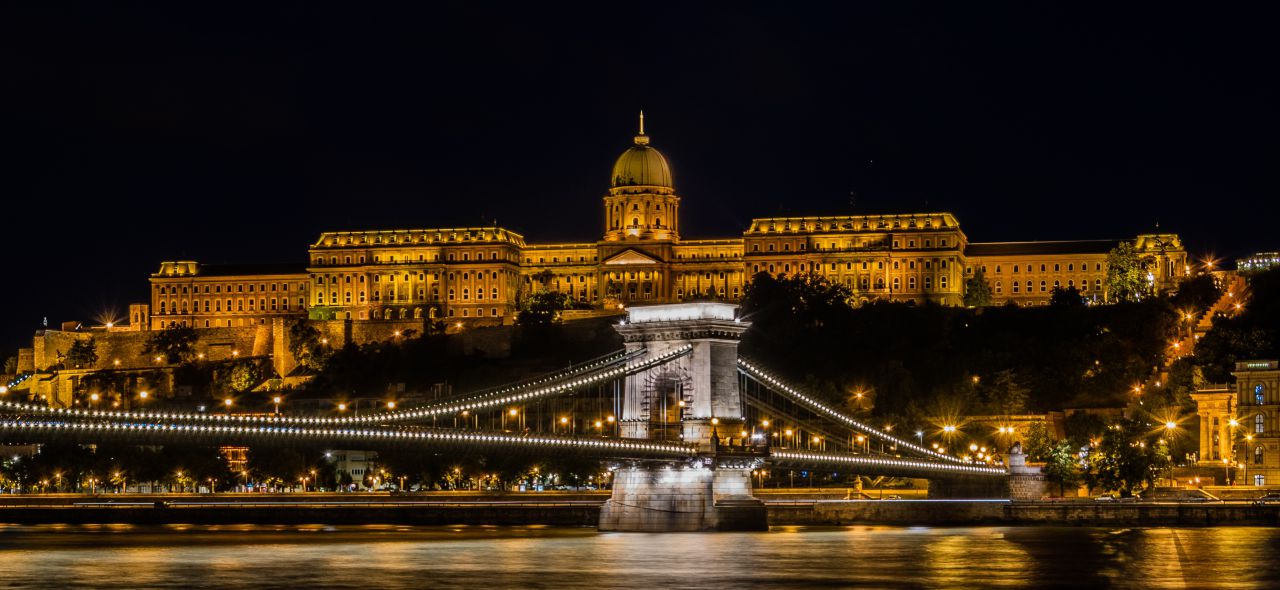
2. Old village of Hollókő and its surroundings 1987
Besides Budapest the UNESCO choose another site as well in 1987 to be a part of the list, a traditional little Palóc village called Hollókő. This place got a place on the list because the traditional architecture, and its unparalleled example of village life from before the agricultural revolution of the 20th century, which have all been successfully preserved in their original forms. Hollókő developed in calm and harmonious symbiosis with nature, and to this day, it still has not been turned into an open-air museum. Even today it is a living, inhabited community of approximately 400 people, who are mindful of tradition, and are utilizing a portion of the buildings according to their original functions.
The historic district located in the heart of the village consists of 67 listed buildings. The majority of these buildings are single-story, hipped-roof peasant houses, whose street-front and courtyard facades are skirted by verandas (hambitus) constructed with wooden posts and plank railings, and decorated with openwork carvings.
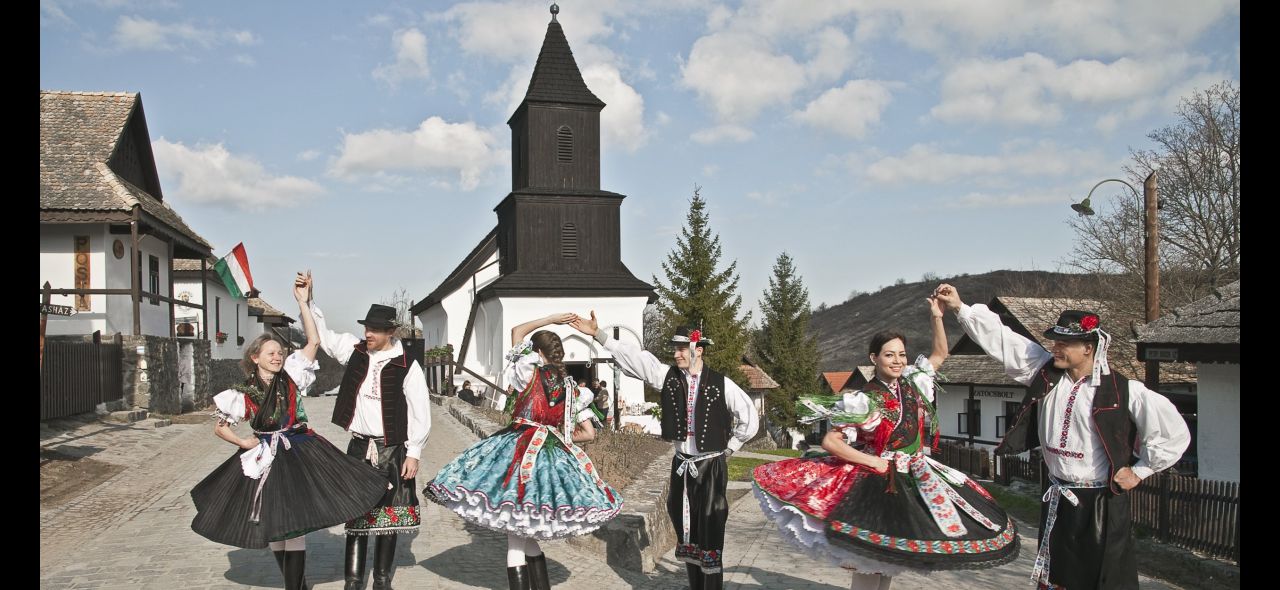
3. Caves of Aggtelek Karst and Slovak Karst 1995-2000
This fantastic cave system partly belongs to Hungary - the Aggtelek Karst - and partly belongs to Slovakia - Slovák Karst. This natural and cultural site is part of the UNESCO World Heritage List since 1995. The most famous cavern of the Aggtelek and Slovak Karst is the Baradla-Domica cave system, whose total length, including branches that have been explored so far, is 25 kilometers -making it Hungary's longest cave. The protected subterranean environment provides a home for over 500 cave-dwelling animals. Several species are exist only here or were first found here. 21 of the 28 European bat species were also registered here. Because of the outstanding acoustics of the Baradla Cave, classical music concerts are usually hold here for the audience’s greatest joy.
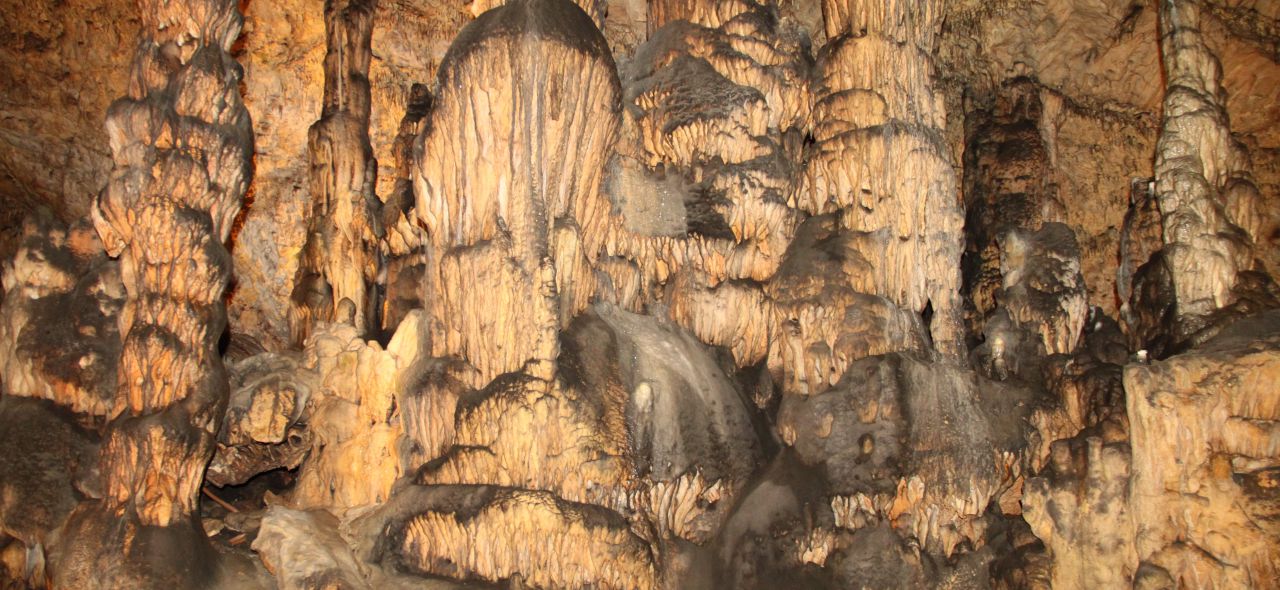
4. 1000 years old Benedictine Abbey of Pannonhalma and its Natural Environment 1996
The monastery and the monastic community that lives within it is as old as the Hungarian state, and therefore it should be viewed as an extraordinarily important piece of Hungarian culture. A thousand year imprint has also been left by the Abbey's historic building ensemble, which dominates the landscape from atop the 282-meter hill that rises out of the Little Hungarian Plain. Even today it is an outstanding example of an active Christian monastery, whose monastic community has contributed to the cultural development and spread of Christianity in the wider sphere of Central Europe. These are the outstanding and universal values that made the Abbey worthy of inscription on the UNESCO World Heritage List in 1996 (the 1,000th anniversary of its foundation).
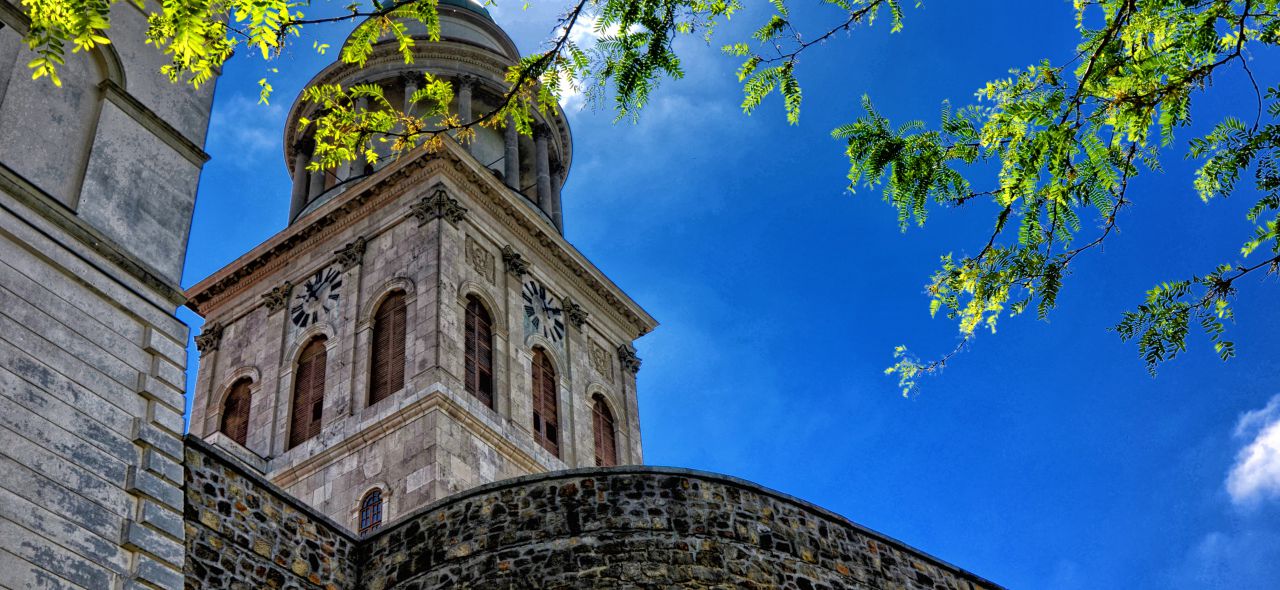
5. Hortobágy National Park 1999
When you first visit the Great Plain, your first impression might be that there is nothing to see, but than why is this place elected to be a part of the UNESCO World Heritage List? The answer is that Hortobágy is a cultural landscape worked by a community of herdsmen that is an outstanding example of harmonious cooperation between man and nature based on traditional and thoughtful land use for two thousand years. It is Europe's largest contiguous natural grassy plain that was not brought into existence as the result of forest clearance, but instead through human activity, and it has managed to preserve its biodiversity as well.
Hortobágy is also Hungary’s first National Park since 1973. It has an extremely rich flora and fauna, besides Hungarian longhorns and Racka sheeps, Nonius horses and Mangalica pigs, 342 species of birds have been registered here, 152 of which nest within the National Park. 95 percent of the cranes migrating through Hungary continue on after resting in Hortobágy. The largest flock of cranes ever noted spending the night here numbered 55 thousand.

6. Early Christian Necropolis of Pécs 2000
This is a culturally and religiously significant memory from the 4th century. An early Christian cemetery from the Roman era town of Sopianae – today Pécs. The Romans founded Sopianae at the beginning of the 2nd century A.D. By the 4th century it had become a flourishing provincial seat and a significant center of Christianity. The Necropolis of Pécs is an extraordinarily varied and complex example of early Christian funerary art and architecture in the northern and western roman provinces. Outside of Rome, Pécs contains the largest and best quality surviving early Christian ensemble of this type. Its value is enhanced by the fact that these 4th century cultic structures have remained in the same state that they existed in during the time of the Great Migrations.
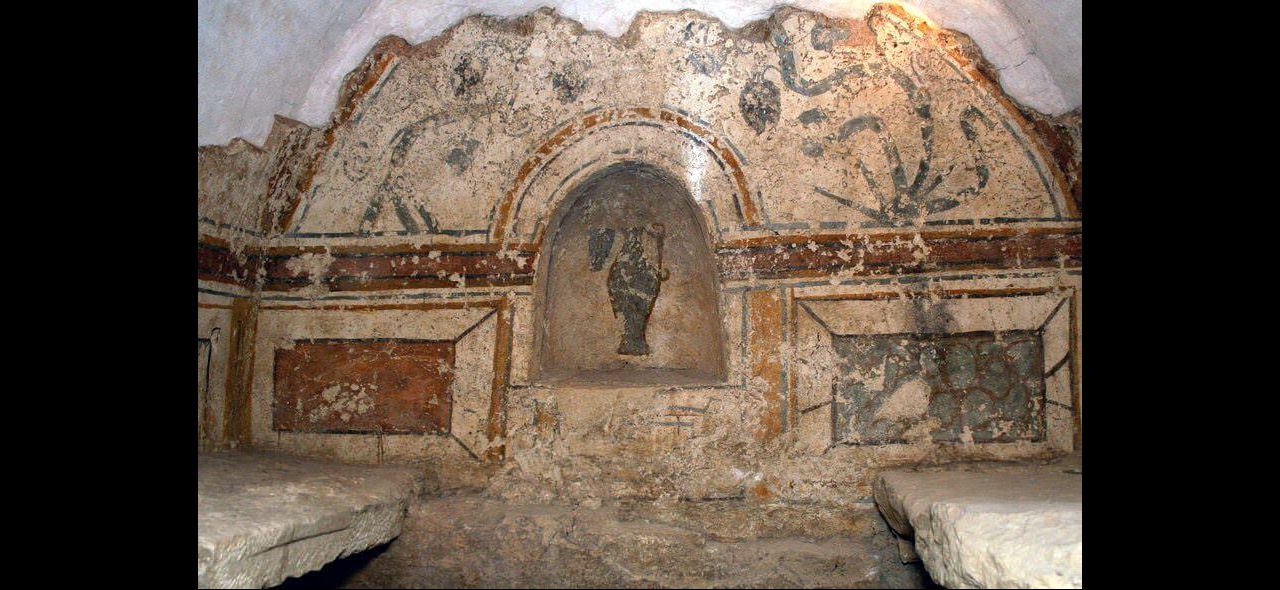
7. Ferő-hanság / Neusiedlersee Cultural Landscape 2001
Lake Fertő is an internationally significant wild lake and biosphere reserve, not to forget that it is the continent's largest saltwater lake. Therefore in 2001 the World Heritage Committee inscribed Lake Fertő/Neusiedlersee, along with the settlements encircling it, onto the World Heritage List as a cultural landscape. This area gives home to a rich diversity of flora and fauna and has been shaped harmoniously for eight millennia by different human groups and ethnically diverse populations. Rich architecture around the lake and many important 18th and 19th century palaces, makes it a significant cultural sight. Three quarters of the lake lies in Austria, but despite this, the region may be considered a natural unit that is not affected greatly by political divisions. On the Hungarian side the world heritage proposal contains the entire area of the Fertő-Hanság National Park's Lake Fertő portion, as well as Fertőboz, Fertőrákos's historic center and stone quarry, and the Eszterházy and Széchenyi palaces and their surroundings in Fertőd and Nagycenk.
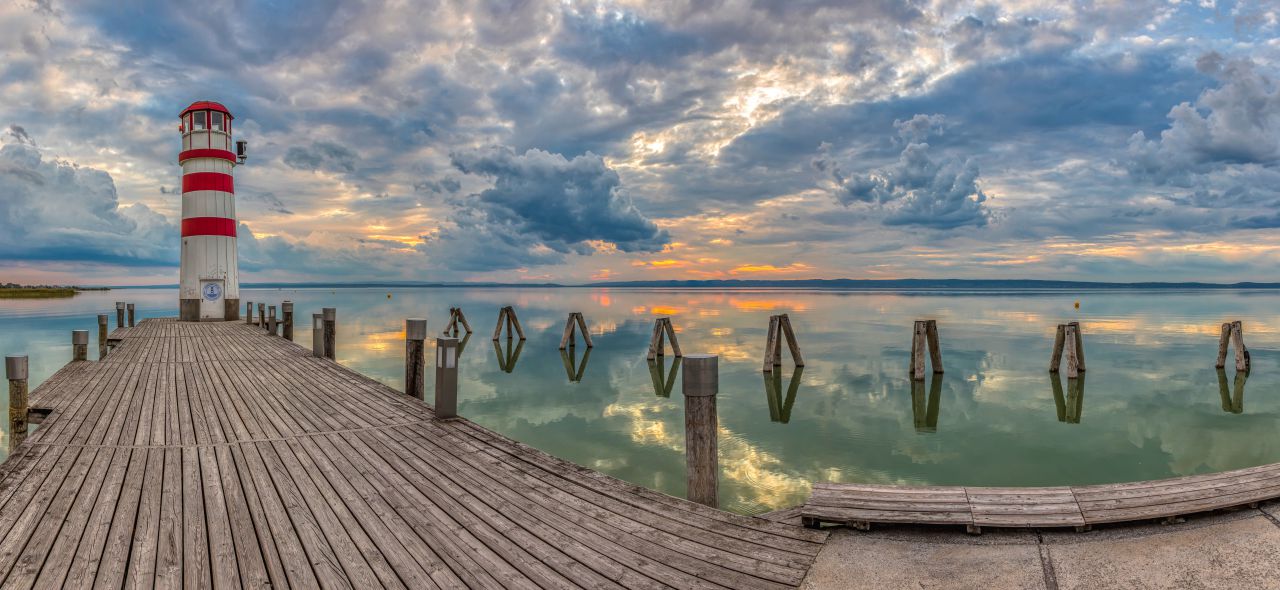
8. Tokaj Wine Region Historic Cultural Landscape 2002
People interested in the wine culture are perfectly aware of the famous Hungarian dessert wine. Tokaji Aszú belongs to the Tokaji wine region, it has enjoyed protection since 1737, when a royal decree declared it a closed wine region - the first such region in the world. However, this also came with obligations; wine production in this region has gone on for nearly three centuries under strict regulation. This cultural landscape faithfully illustrates the viniculture established in the region and the historic traditions for the production of a special wine. It is part of the UNESCO World Heritage List as a cultural landscape since 2002. Thanks to the unique geographical characteristics: the volcanic field, the climate, the slopes , the number of the sunny hours create an ideal ambient for the Botrytis cinerea mold, which does not cause grey mold rot, but noble rot, or in other words brings about the drying of the grapes on the wine. Also, thanks to the particular microclimate a special cellar mold, the Cladosporium cellar, establishes itself on the cellar walls, and has a beneficial effect on the maturation process of the wine. The Tokaji Aszú is a real high quality wine and this wine region is profoundly worthy of its status as part of the world heritage.
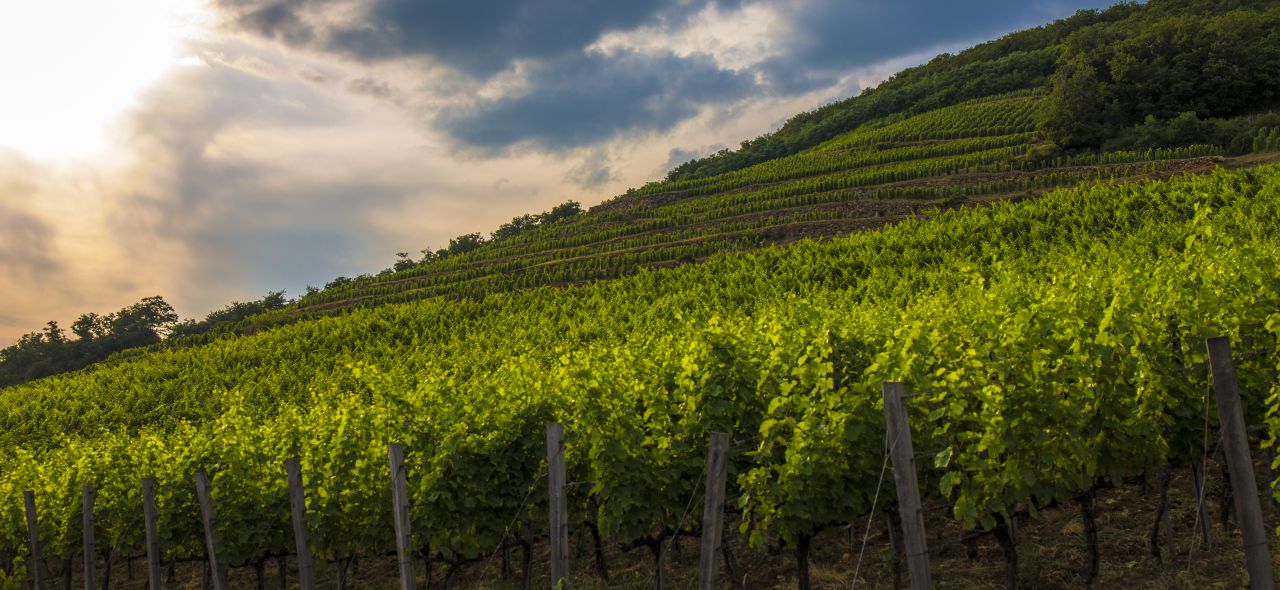
Source of pictures and illustrations: pixabay, mandiner.hu, hungarikum.hu